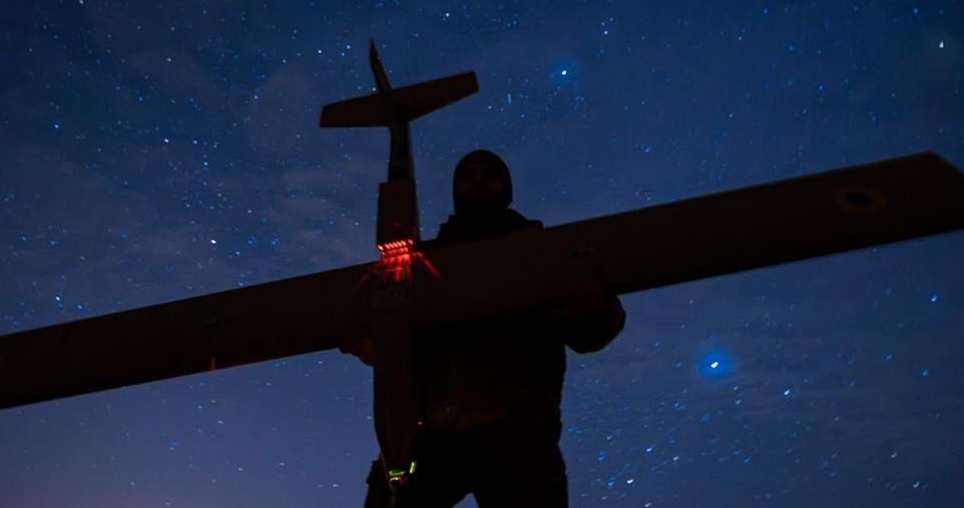Already a subscriber? Make sure to log into your account before viewing this content. You can access your account by hitting the “login” button on the top right corner. Still unable to see the content after signing in? Make sure your card on file is up-to-date.
Ukraine and Russia have agreed to a US-negotiated deal aimed at halting strikes on energy infrastructure, ensuring safe navigation in the Black Sea, and establishing initial steps toward a partial ceasefire.
Some shit you should know before you read: Over the past month, the US has been pushing aggressively for a ceasefire agreement between Ukraine and Russia. Initially, a US-backed proposal called for a 30-day ceasefire that covered not just frontline combat but also strikes on critical infrastructure, naval operations, and aerial bombardments. Ukraine accepted the proposal, but Russia rejected its full scope and countered with a more limited offer: halting strikes solely on energy infrastructure. For a broader ceasefire, Russia introduced tougher conditions that Ukraine considers unacceptable, including a freeze on troop mobilization and a suspension of Western military aid and training. Ukrainian officials have suggested that Russia wants these terms because it would likely break the ceasefire and attempt to overwhelm Ukrainian forces. Russia in turn has said that any broader ceasefire agreement would have to require Ukraine to take serious steps to show they are acting in good faith, like not training troops.

What’s going on now: In a major announcement following back-to-back meetings with Ukrainian and Russian representatives, the US revealed that Ukraine and Russia have agreed to halt all strikes on each other’s energy infrastructure. The deal, negotiated in Riyadh, marks a significant step toward protecting power plants, grids, and other key facilities that have been frequent targets throughout the war. Both sides are now required to avoid attacks on energy systems—a shift US officials hope will create space for broader de-escalation.
The agreement also prohibits the use of commercial vessels for military purposes in the Black Sea and restricts the movement of Russian warships beyond the eastern portion of the sea. Ukraine has made clear that any such movement will be considered a violation, reserving the right to act in self-defense. These maritime terms are designed to maintain freedom of navigation for Ukrainian exports.

To support enforcement, the deal allows for potential third-party monitoring from countries like Turkey or European partners, though specifics are still being ironed out.
While Ukraine and Russia remain cautious about each other’s intentions, both sides have acknowledged the importance of this limited agreement. In a statement, President Zelenskyy said, “There is no faith in the Russians, but I believe we will be constructive, and if so, we will do our job.” Russia’s Foreign Ministry, in turn, accused Ukraine of likely being unable to hold up the agreement before it even goes into effect.
This comes as Ukraine has significantly ramped up attacks on Russia’s oil industry over the past three months, with some estimates putting the damage and impact at over $100 billion. Some analysts speculate that Ukraine’s increased strikes are aimed at crippling Russia’s most powerful industry and pressuring Putin to come to the negotiating table.
In response, Russia has intensified strikes on Ukraine’s power grid while making incremental gains along the front line. For months, the US has urged Ukraine to lower its mobilization age, citing manpower shortages. Ukraine has pushed back on those claims, arguing that lowering the age is unnecessary.






